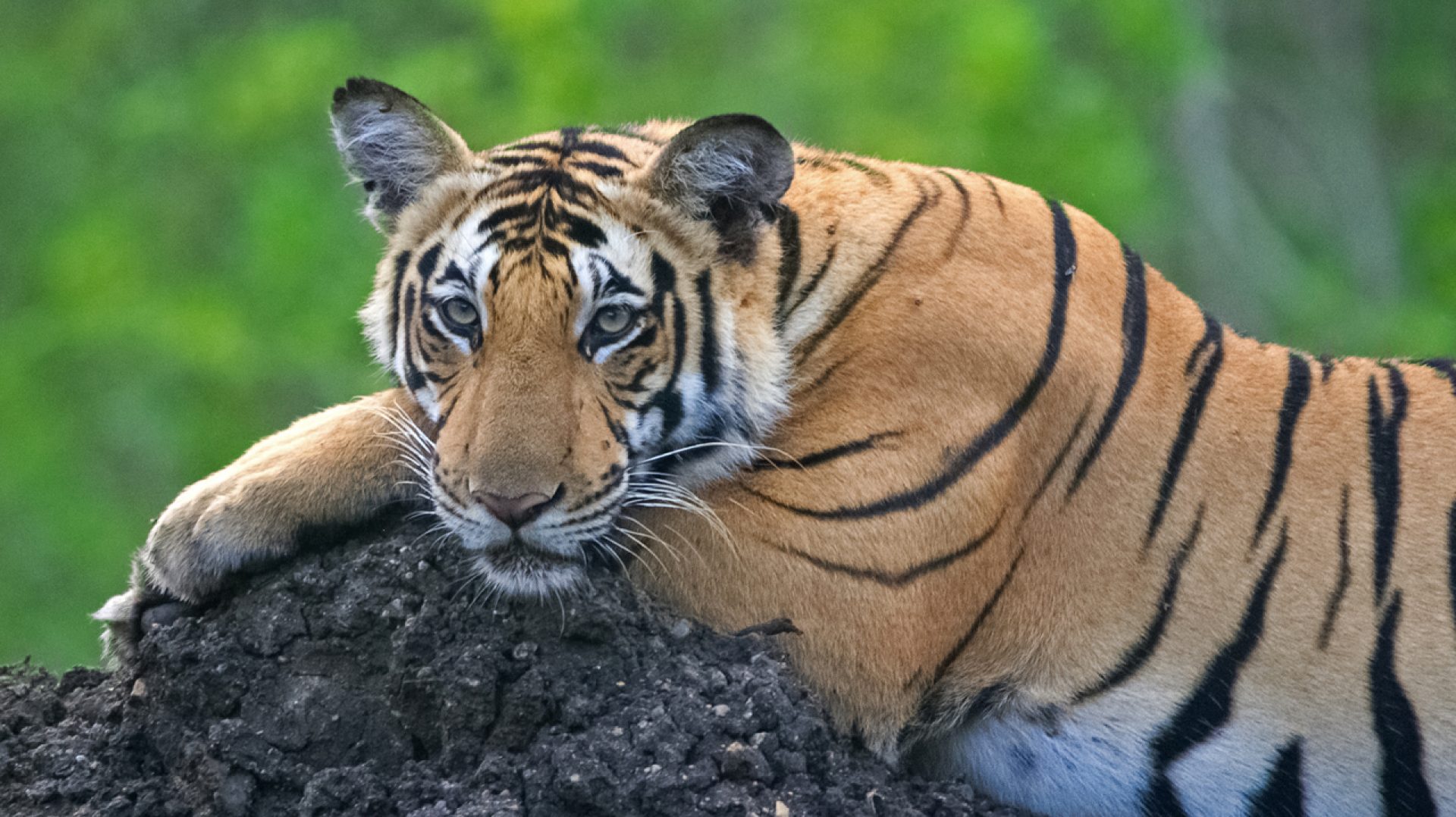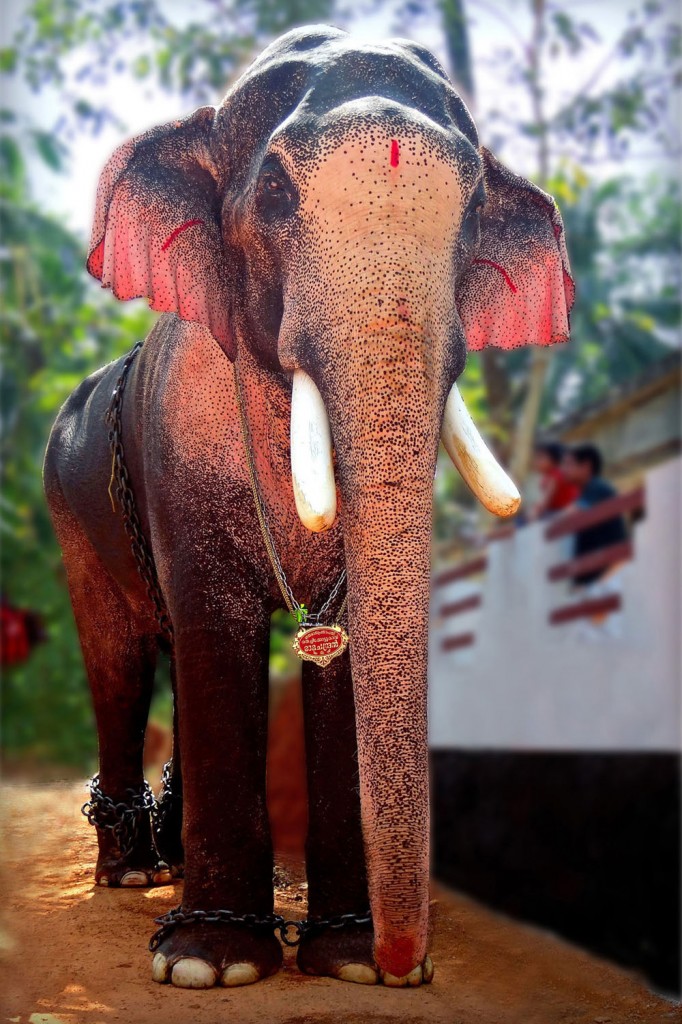In record, he ever had two comKerala festivalspetents. One is alive and the other dead…The living first one rules the forests of Bardia park, Western Nepal. With a shoulder height 11 feet 3 inches, it being recorded as the largest Asiatic elephant in wild. About the second , who is not alive, was named as Chengallur Ranganathan, with a height of 11feet, now remains as a skeleton in the museum of Thrissur in Kerala. Caught from the Mysore forests, tamed by Kurumba tribes and served Mysore king to fetch water to Ranganatha temple during 1880’s, he spent the first part of his life in Karnataka. He transferred to Kerala as owned by Avanaparambu family and became an inevitable part of the major temple festivals of Kerala in the later part of his life. Destiny took his life in 1920 and he remains as bones and tusks in the above said museum. But, from these two competents, he, Ramachandran, emerges omnipotent as the largest domesticated elephant of India. Owned to a temple, Thetchikkottukavu, in the Thrissur district of Kerala, he is a superstar of the major temple festivals of Kerala now a day. His gigantic size, arrival at a particular temple after a long time’s waiting after being booked, and the majestic beauty he discharges around while participating in the festival, altogether creates his stardom equivalent to Dr. Fager or Mr. Prospector of the United states. People proclaim that he posses all the body features a temple elephant should have, with raised head and low back, twin-dome head, big forehead bump, and large ears. Having a height of 11 feet to his shoulder, he is the largest tamed animal of India too. Though there exist lot of concerns and comments about the captive elephants of South India, all has to be kept aside considering their strong bondage with the culture of South India. It is very certain that physical or mental abusing of the animals exists wherever they are the part of festivals or sports in the whole world. For South Indian Naturalist Tours this affection of the people with captive elephants, provide an opportunity to utilize it as a channel to educate them about wild elephants, their habitat loss, and the need to conserve nature. Thus Thetchikottukavu Ramachandran became the epicenter of festivals, culture and source of nature conservation awareness simultaneously… South Indian Naturalist Tours is very happy to share this element of culture with you so as to aware you about the unnoticed fascinations of South India and the dormant rejoice within them. We will be thankful to you to share it with people in your familiarity and to neglect it if you find them unwanted, as well.
Our tour, ‘Tusks and Trumpet trails’ provide an opportunity to meet this majestic animal.
Photo – Marshal.C.Radhakrishnan. Research & Narration – SINT.


